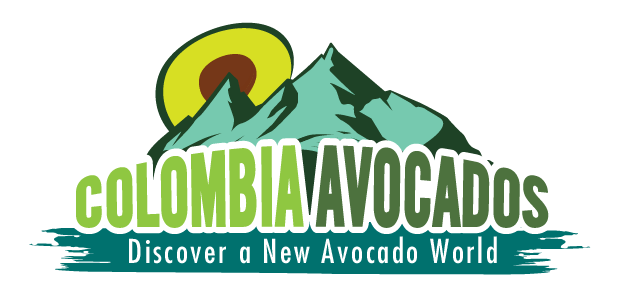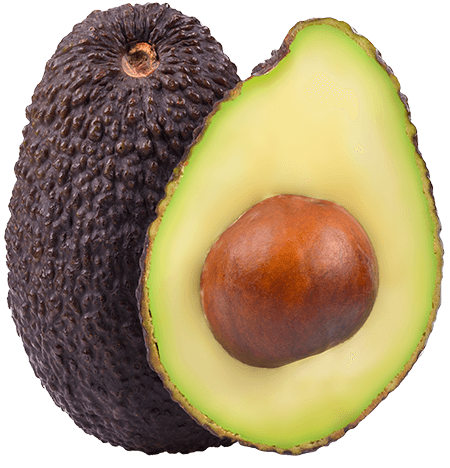We Infuse The Heritage and Beauty of Colombia’s Rich Culture Into Every Bite.
COLOMBIA AVOCADO BOARD
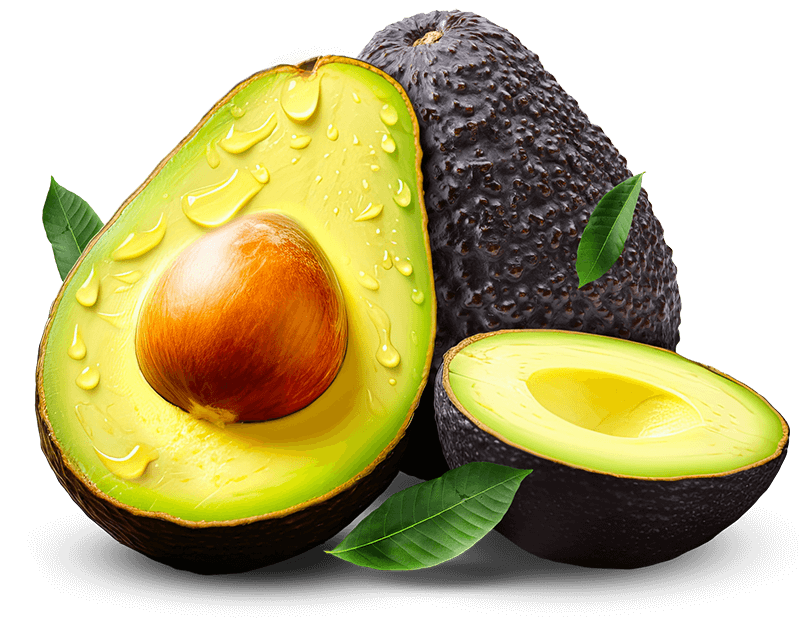
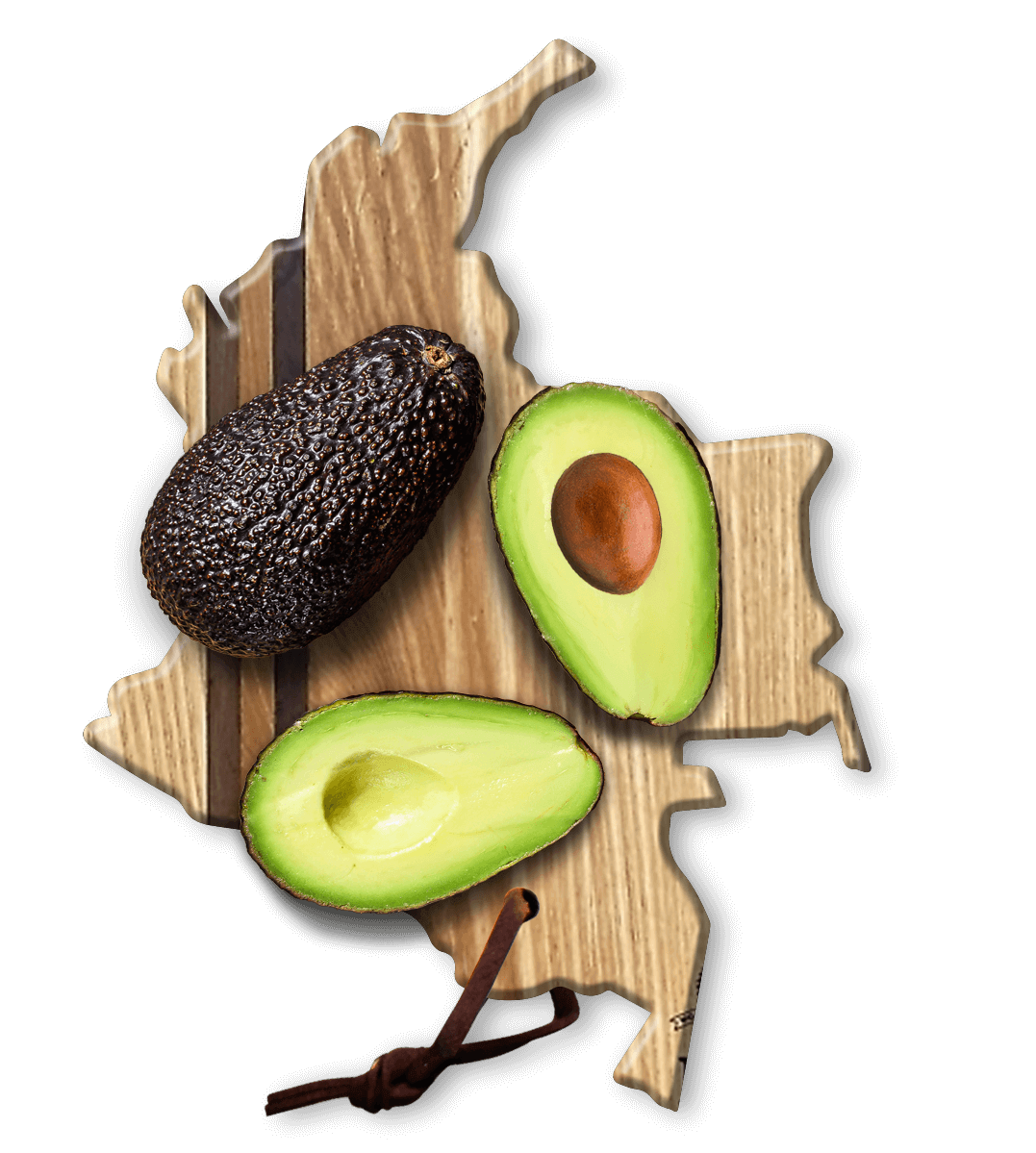

Satisfy Your Craving
AVOCADOS FROM COLOMBIA. UNDENIABLY DELICIOUS.
Your first taste of a Colombian Hass avocado will transport you to a country of mist-covered mountains, tropical rain forests, and long stretches of pristine sandy beaches. With each bite, you’ll feel the strength of a country and a people whose hearts are deeply entrenched in the land of their ancestors, nurturing the rich tropical earth to produce this heavenly fruit that will delight you. Colombia is the ideal climate to grow this exquisite fruit year-round. Arguably the Hass avocado is the most popular variety globally due to its rich and consistent taste and large size. The perfect formula of sunlight, nutrient-dense soil, and temperature gives the Hass Colombia avocado its creamy, rich flavor. With its thick pebbled skin, the Hass avocado houses a soft and velvety textured fruit that, when fully ripened, adds a nutritious element to any meal, making it the perfect ingredient for any recipe.
History Has a Flavor
EXPERIENCE COLOMBIA WITH ALL YOUR SENSES
The Hass avocado from Colombia shares a lineage with a country whose indigenous people have lived on this fertile land as far back as 15,000 BC. Its history and culture are rich in music and dance with a passionate love for food that intrigues the senses and tempts the pallet. Colombia’s avocado growers believe the taste of their avocados is their legacy, so they gently care for the ecosystem surrounding every tree with the understanding that the incredible biodiversity of their country nourishes the fruit. This care creates the perfect environment for lush, delectable tasting Colombian Hass avocados.


Enjoy the Perfection of Nature, Nurture and Tradition
COLOMBIA AVOCADO BOARD, GROWING THE LEGACY OF HASS AVOCADOS
American consumers have enjoyed coffee, bananas, and cut flower exports from Colombia for many years. Now, you can experience the luscious taste of Colombia avocados. Combining diverse production regions, altitudes with alluvial soils, and an ample supply of rainfall throughout the regions allows Colombia to produce Hass avocados virtually year-round. With the demand for avocados flourishing, Colombia’s avocado growers have consistently increased Hass avocado exports to the U.S year after year. One of the key factors in rural economic growth throughout Colombia is the number of small growers in different regions supported by the growing avocado export business. The short transit time to both U.S. coasts and two harvest seasons in Colombia makes the Colombia avocado the perfect choice for U.S. consumers.
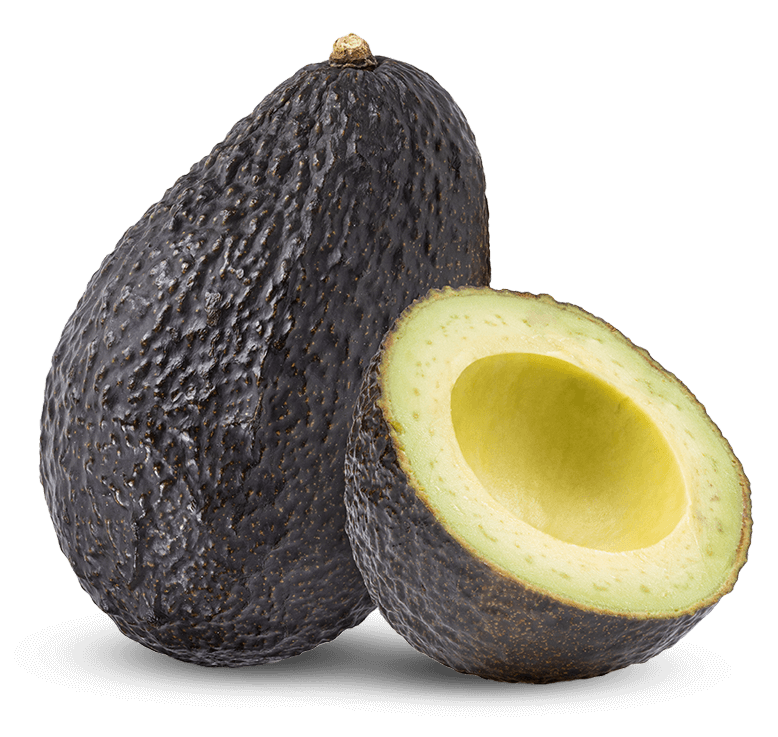

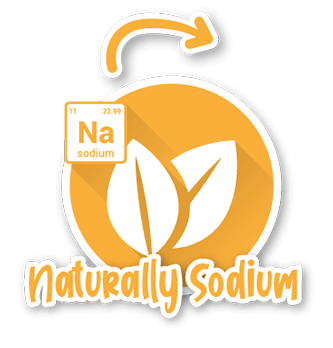
Avocados Can Be a Part of Your Healthy Diet!
MAKE AVOCADOS FROM COLOMBIA THE STAR OF YOUR MEALS TODAY
Avocados from Colombia are picked by hand, bringing you fresh from the garden taste.
Colombian Avocados are in season during Cinco de Mayo and the big game, America’s favorite time to purchase Hass avocados.
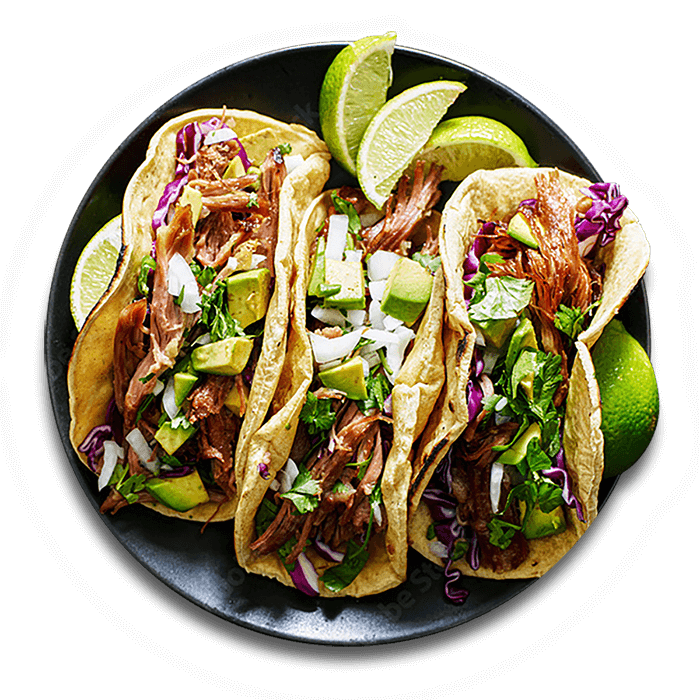
Get to Know Avocados From Colombia
HASS AVOCADOS COLOMBIA UP CLOSE AND PERSONAL
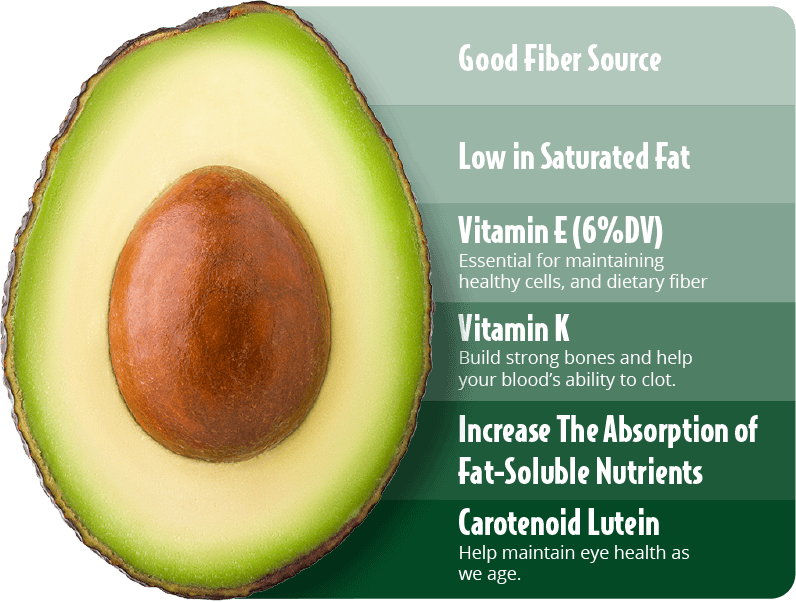
Because of its health benefits, the avocado classifies as a superfood. One serving (1/3 of a medium avocado) can be part of a healthy diet because they are a good fiber source, low in saturated fat, and contain 5 grams of good monounsaturated fats. Healthy fats from the avocado aren’t the only benefits this fruit has to offer. Avocados from Colombia contain vitamin E (6%DV), which is essential for maintaining healthy cells, and dietary fiber, which helps control blood sugar levels. They also have vitamin K to build strong bones and help your blood’s ability to clot. Not only does this fruit provide you with an abundance of vitamins and minerals your body needs to thrive, but it can also help to increase the absorption of fat-soluble nutrients like vitamin A.
If this isn’t enough to convince you, your eyes won’t deceive you. One serving of avocado (one-third of a medium avocado) contains 136 micrograms of the carotenoid lutein. Lutein, a plant pigment, is found in the eye, and some research suggests that it may help maintain eye health as we age. Any way you slice it when it comes to your health, Hass avocados from Colombia are your healthy living champion.
Avocado Fun Facts
How do you store an avocado?
For ripe avocados, place them in your refrigerator for 2-3 days to keep them fresh
How do you cut an avocado?
After removing the pit, you can cut the avocado crossways in a dice pattern. Then scoop or flip the diced avocado out. You can also scoop the entire half out with a spoon and then slice or dice it.
Why are avocados a healthy choise of your family?
1/3 of an avocado has only 80 calories. Avocados contain “good fats” (mono and polyunsaturated fats), the same as nuts and olive oil. They have nearly 20 vitamins & minerals, including 250mg potassium and 3g dietary fiber.
How do you tell if an avocado is ripe when you purchase it?
Ripe Colombia Hass avocados have a bumpy dark green to nearly black skin. Apply pressure near the stem. If your avocado yields to a firm, gentle pressure, it’s ripe. If it feels mushy or you leave an indention, then it’s overripe.
Is an avocado a fruit or vegetables?
The USDA database classifies avocado as a vegetable-based on its most common usage, but it’s really a fruit, most specifically a berry! Avocados are considered a fruit because they fit all botanical criteria for a berry due to their fleshy pulp and seed.
How do you ripen an avocado?
If your avocado isn’t quite ripe, place it in a paper bag or leave it out on your countertop. Over the next 2-5 days, your avocado will be ripe and ready for you to enjoy.
What is the popular type of avocado in the Unites States?
97% of all avocado sales in the USA are creamy and delicious Hass avocados.
How do you preserve leftover avocado?
When you cut into a Hass Avocado, it naturally turns brown if left unprotected. To preserve leftover avocado, squeeze a little bit of lemon or lime over it and cover tightly with plastic wrap so that it’s touching the meat of the fruit.
